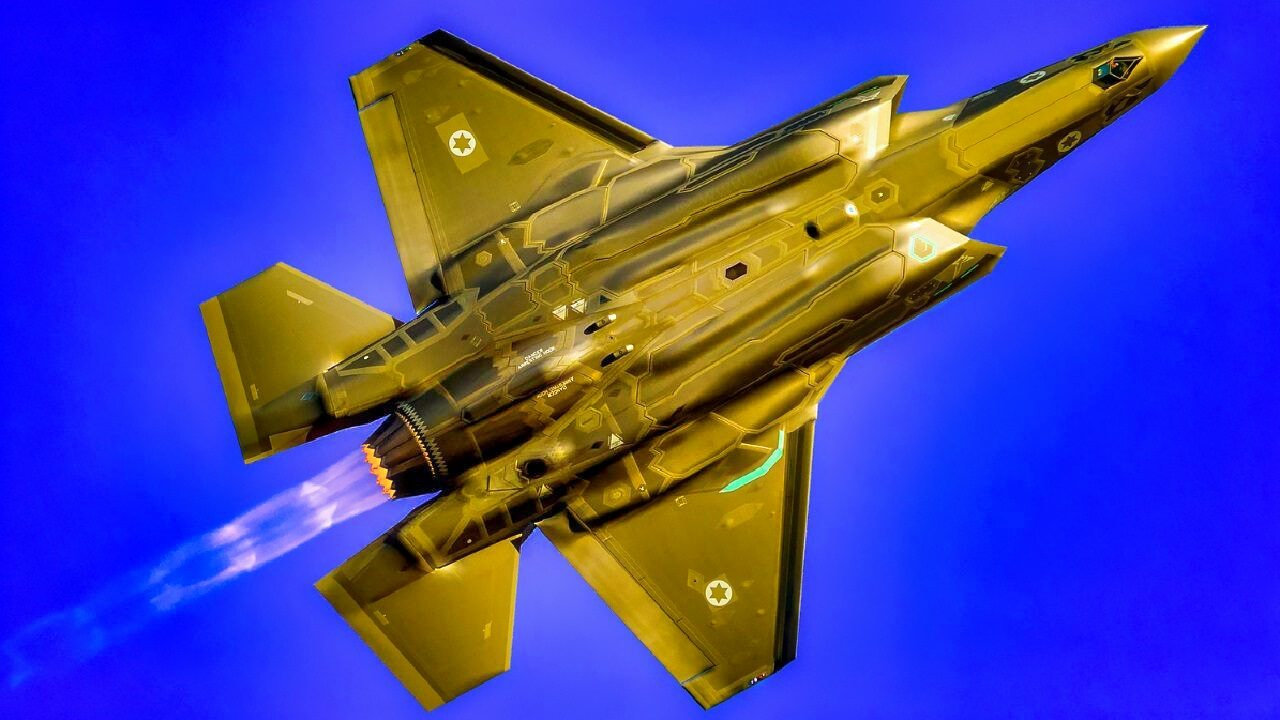Iran’s Ballistic Missiles: How Much of a Threat are They to Israel?
Iran's recent direct missile and drone attack on Israel marks a significant escalation in regional tensions, showcasing Tehran's growing missile capabilities and willingness to engage openly rather than through proxies.
Summary: Iran's recent direct missile and drone attack on Israel marks a significant escalation in regional tensions, showcasing Tehran's growing missile capabilities and willingness to engage openly rather than through proxies. The barrage targeted the Nevatim airbase, a strategic site housing Israel's F-35I jets, although Israel's defense systems, notably the Arrow, managed to intercept most of the threats. This incident highlights Iran's continued development and expansion of its missile arsenal, including the introduction of potentially hypersonic missiles, which could challenge existing defense technologies due to their speed and complex trajectories. The global community watches closely as these developments could shift the strategic balance in the region.
Iran Strikes with Ballistic Missiles
After Iran targeted Israel with a barrage of drones and missiles last weekend, world leaders are urging the Jewish state not to retaliate.
Tehran engaged in direct warfare for the first time in decades when it launched more than 300 projectiles toward Israel on Saturday evening. The Iranian regime traditionally relies on proxy groups to carry out violence in its stead. But tensions in the region have increased since Hamas’ October 7 massacre, and Iran’s aerial attack now pitches the Middle East into greater uncertainty.
The Barrage
While the Israel Defense Forces and its allies successfully intercepted nearly all of the projectiles launched over the weekend, the strike shows that Iran’s weapons stockpile is growing. The regime seeks to build its arsenal of UAVs and ballistic missiles. Since the nation lacks modern aerial platforms, it relies on asymmetric capabilities.
According to retired Gen. Frank McKenzie, the former head of U.S. CENTCOM, Tehran appears to have deployed most of its ballistic missiles capable of reaching Israel. According to most sources, it launched about 120 out of 150 missiles with that capability, from a total stockpile of approximately 3,000 missiles.
The most serious threat during the attack came from high-speed ballistic missiles. Tehran’s Shahed series of lethal unmanned aerial vehicles work at longer ranges, but they carry a modest bomb of up to 50 kilograms. Videos of these drones headed toward the Jewish state circulated widely on social media. They would have taken six hours to reach their destination if they were not intercepted first.
Iran’s cruise missiles are more deadly. Flying at several times the speed of sound, these can reach Israeli territory from Iran in under 15 minutes. Out of the dozens of ballistic missiles launched, a few were able to cross into Israel’s airspace, with some striking at the Nevatim airbase. Home of Israel’s fleet of F-35I Adir stealth fighter jets, Nevatim was clearly the main target of Iran’s barrage.
Evasive Ballistic Missiles
Israel’s Arrow air defense system thwarted the attack, but a few missiles managed to evade its defenses.
The Arrow 3 is designed to intercept ballistic missiles while they are still outside of the atmosphere. Unlike the UAVs and cruise missiles that the IDF and its allies were able to destroy outside of Israeli airspace, the ballistic missiles were shot down over the country, forcing the IDF to activate warning sirens for potential falling shrapnel. The sole injury resulting from the attack was a young Bedouin girl seriously wounded in the Negev desert close to the airbase. According to the IDF, slight damage was inflicted to the airbase’s infrastructure.

One of the most capable Iranian ballistic missiles is the Sekkil model. This medium-range weapon can carry a payload of 700 kg and reach targets up to 1,550 miles away. (Israel is located roughly 1,240 miles away from Iran.) Other powerful missiles in Tehran’s arsenal are the Kheibar and the Haj Qasem, which have ranges of 1,240 miles and 870 miles respectively. Overall, analysts believe that the regime possesses nine types of missiles that can reach Israeli territory. The Arms Control Association has detailed the extent of Iran’s ballistic missile stockpile: “Shahab-1, with an estimated range of 300 kilometers (190 miles); the Zolfaghar, with 700 km; Shahab-3, with 800-1,000 km; Emad-1, a missile under development with up to 2,000 km; and Sejil, under development, with 1,500-2,500 km.”
What About Hypersonic Weapons?
Last summer, Iran claimed it had developed its first homegrown hypersonic ballistic missile. According to state-run new outlets, the Fattah missile has the ability to penetrate all air defense systems and destroy them. Hypersonic ballistic missiles can fly at speeds five times faster than the speed of sound and on a complicated trajectory that makes them hard to detect and intercept.
Tehran does have a tendency to exaggerate its military capabilities, and the true capabilities of this hypersonic weapon remain unverified.
As the Iranian regime continues to develop its arsenal of ballistic and hypersonic missiles, its potential ability to strike inside Israel’s airspace and evade air defense systems increases.
About the Author: Maya Carlin
Maya Carlin, National Security Writer with The National Interest, is an analyst with the Center for Security Policy and a former Anna Sobol Levy Fellow at IDC Herzliya in Israel. She has by-lines in many publications, including The National Interest, Jerusalem Post, and Times of Israel. You can follow her on Twitter: @MayaCarlin.


